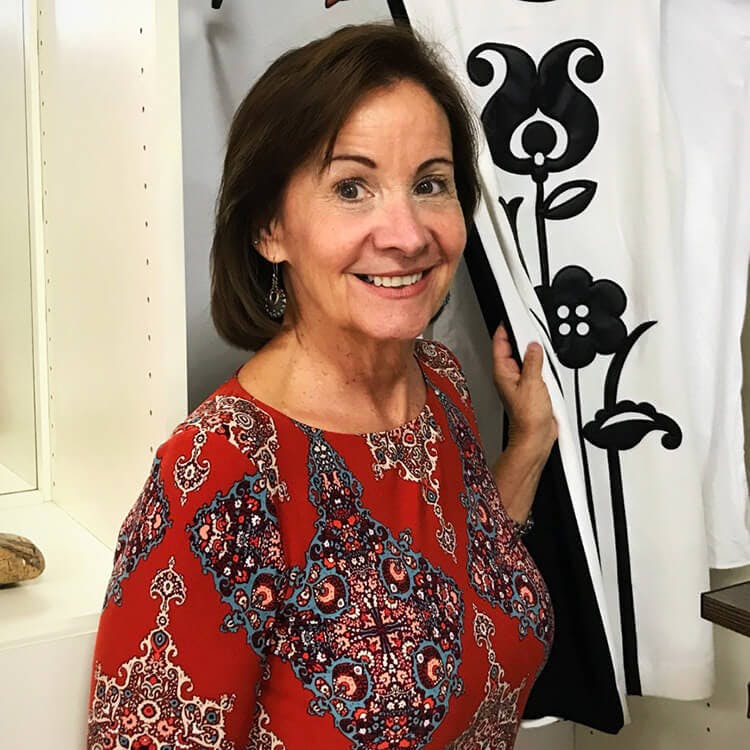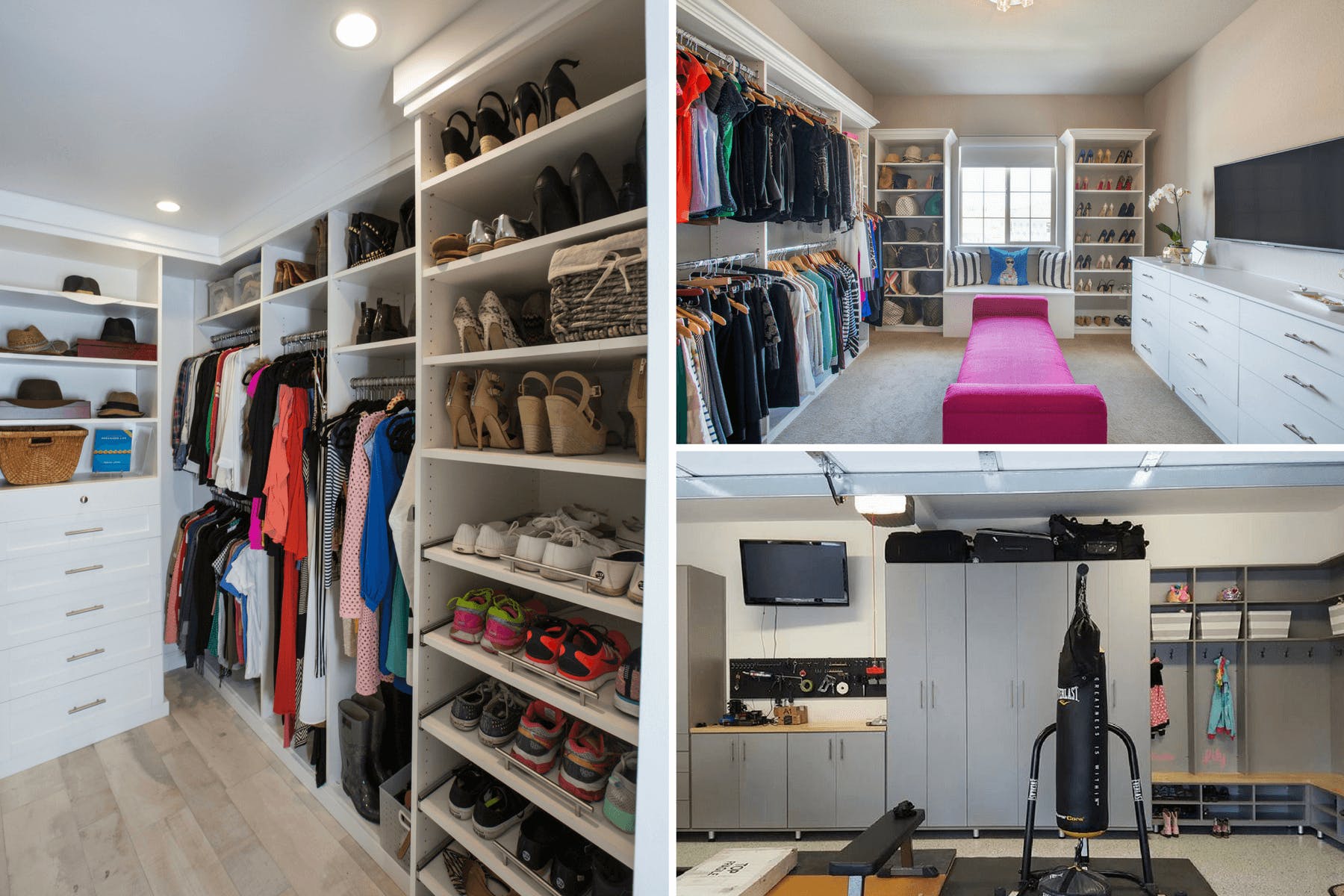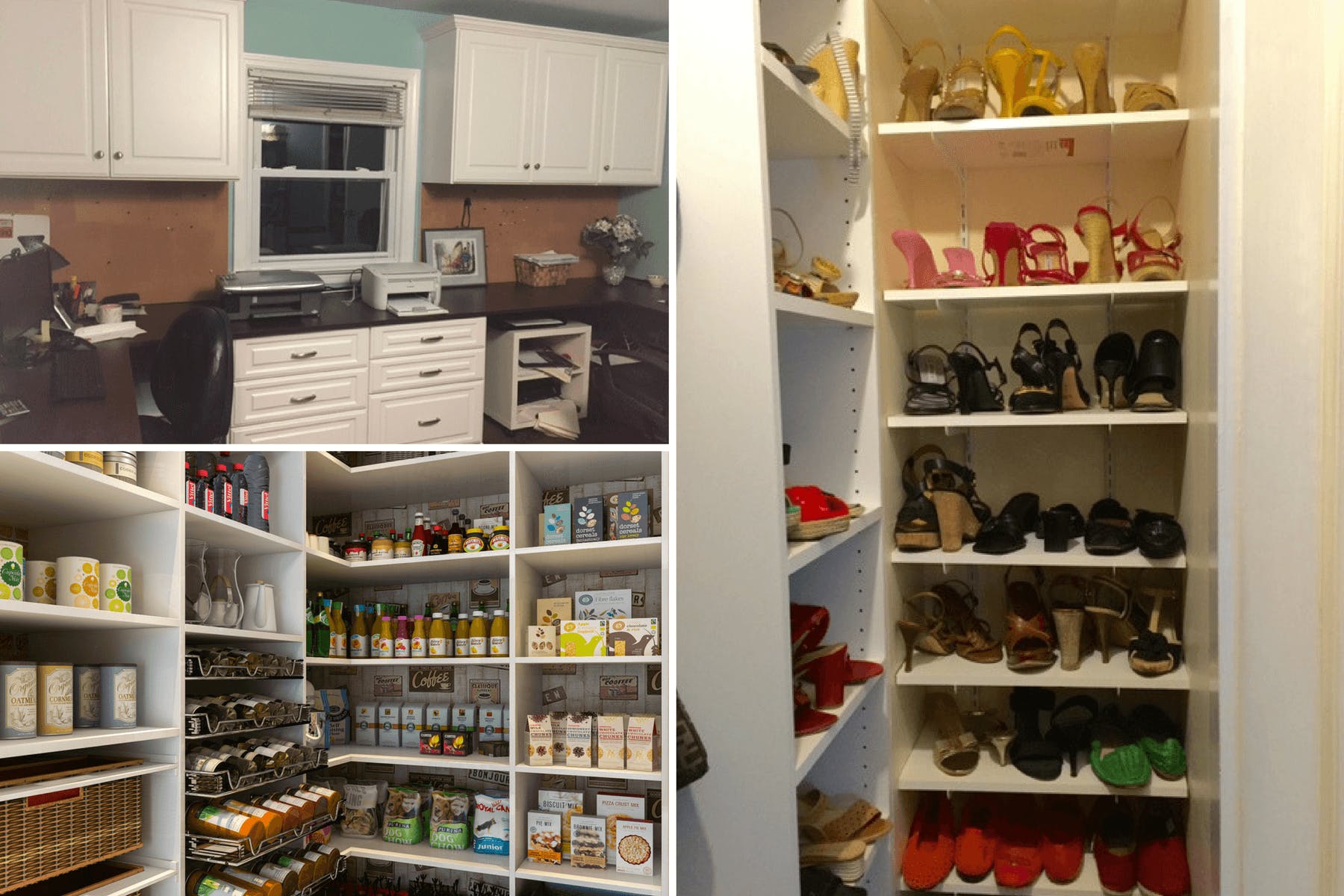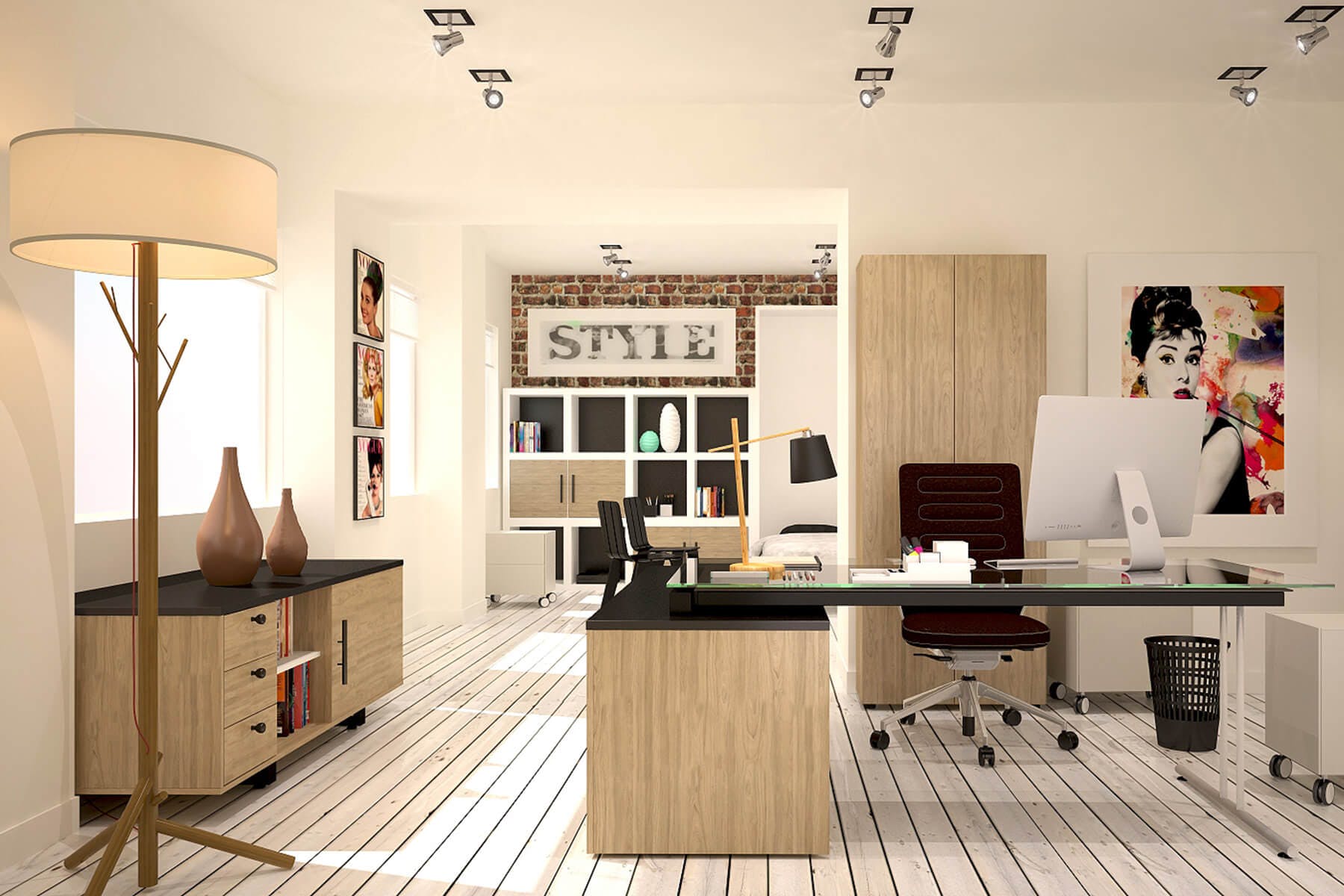Schedule a Free Consult
Schedule Your
Free Design Consultation
Free Design Consultation

I’ve been a professional Interior Designer for more than four decades. My passion is to create peace in interior space through intuitive problem-solving and aesthetically sound design. Excellent organization is an essential component in the design equation. Consequently, I have planned and specified hundreds of storage solutions for my client’s homes & offices and worked with numerous custom storage, millwork, and cabinet manufacturers.
Without exception, my experience with Closet Factory has been the most consistent and the most exceptional. My clients have raved about the outstanding selection and quality of materials offered, the “on-time and within budget” mentality of the staff, the prompt, courteous and professional installation teams and, most importantly, the outstanding customer service before, during and after installation. Over and over I watched friends and relatives taken on tours to see the amazing results.
Through active listening, consistent collaboration and thorough communication, I will make YOUR vision become reality – a reality where function combines with design and aesthetics to create a result that says: “THIS IS SO ME!” (Ahhhh…“Peace”)


“How do you first approach a space? In other words, what’s the first thing you think about when you first see a client’s closet space/storage problem?”
First impressions are very important toward designing organized, adequate space. It is the best way to get a sense of what is “wrong” and what is “right”. If parts of the space are neat and tidy, it’s working. The messy, disheveled portions are usually screaming: “WRONG”!!
“What is the biggest design obstacle you’ve overcome? i.e. awkwardly angled walls, electrical sockets in bizarre places, big collections in small spaces.”
It’s difficult to be objective about your own space. After all, you’ve been making do and working around your challenges – for years, perhaps! The biggest obstacle designers overcome is earning the client’s trust – helping the client to move forward and experience, first-hand, the amazing relief that comes once well-designed, custom storage is installed in their own homes & offices.

“Since collaboration is such an integral part of the design process, how do you like to engage or connect with clients in order to help them realize their vision for a space?”
A picture is worth MORE than a thousand words. The very best way to collaborate with a client and get that perfect outcome is for the client to share photos of custom storage they like and some of the storage accessories they expect to incorporate into their design with their designer. Those hand-picked photos speak volumes.
“How are you inspired by a home’s existing décor? Is there anything specific that you look for during an in-home consultation?”
It’s important for the designer to ask the client questions about existing décor to become “inspired” by the client. For example: “Which room is your favorite?”, “Do you want to include this same look and feel in your storage space or would you want to go in a different direction? Having answers to these questions will produce a design solution clearly aligned with the client’s personal vision.

“What are some ways a custom designed home office can improve productivity? In other words, how does the right type of home office help people do business?”
Clients who work from a home office must work efficiently to be successful in their careers. Wasting time and energy is not on the daily agenda. A designer works closely with the client to discover and articulate every specific, work-related task which must be accomplished each day. Completing this process is fundamental to arriving at a final design which includes proper storage, adequate desk-top space and which identifies/includes all special components or features needed.
“What are some modern organizational trends, or what’s a trend you’re looking for?”
Clutter is not cool. Clean lines and organization is the modus operandi. In short, design strategy today is trending towards minimalistic design approaches whereby “less is more” – a precept for Minimalistic design and architecture adopted around 1947 by architect, Ludwig Mies van der Rohe. Some might say it this way… “It’s the KISS principle.”
Each of our custom closets is completely personalized and begins with a complimentary design appointment.
Schedule a ConsultDuring the consultation, you and the designer will discuss your decorative style, wish list, and project budget, with the aim of designing a closet organization system that will: